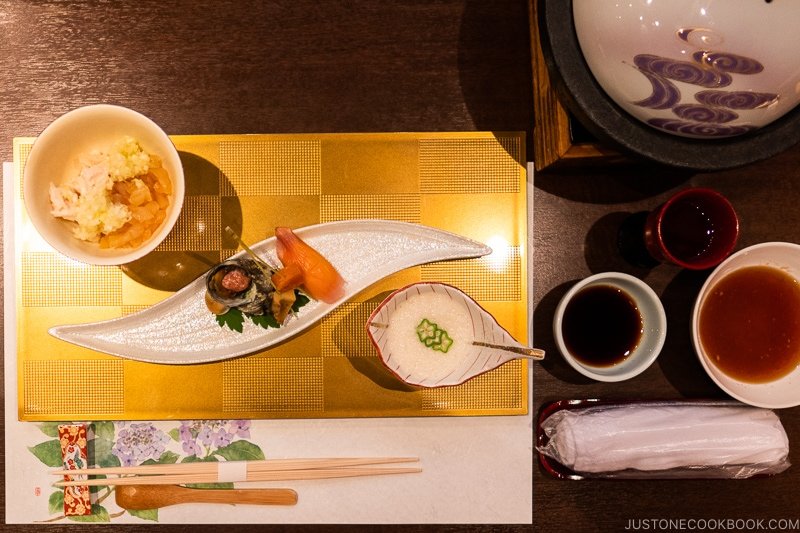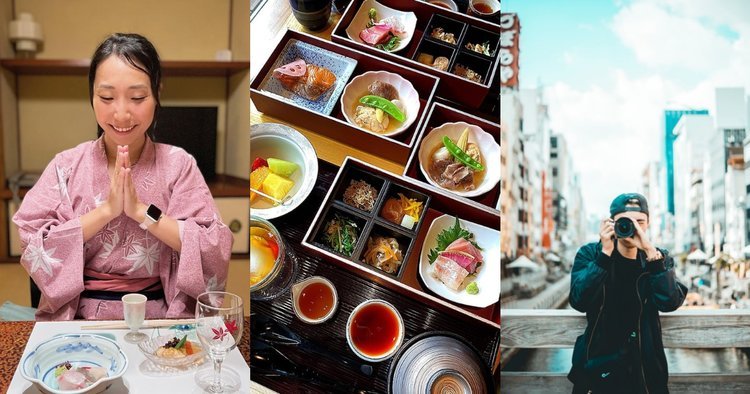Understanding Japanese Etiquette: A Guide for Travelers
Japan is a country known for its rich cultural heritage, stunning landscapes, and unique traditions. For travelers, understanding Japanese etiquette is essential to fully appreciating and respecting the local customs. Whether you’re exploring bustling cities like Tokyo and Osaka or the serene temples of Kyoto, being aware of Japanese manners and social norms will enhance your travel experience and help you connect more meaningfully with the local culture.
In this guide, we’ll explore the key aspects of Japanese etiquette that every traveler should know.
1. Greetings and Bowing
Bowing is a fundamental aspect of Japanese etiquette and is used in various social interactions, from greeting someone to expressing gratitude or apology. The depth and duration of the bow can vary depending on the situation and the relationship between the individuals.
- Casual bows (15 degrees) are often used when greeting friends or peers.
- Respectful bows (30 degrees) are more common in formal settings or when meeting someone for the first time.
- Deep bows (45 degrees or more) are reserved for expressing deep respect or apology.
When in doubt, a slight bow is usually sufficient when meeting someone or thanking them.

2. Shoe Etiquette
In Japan, it’s customary to remove your shoes before entering someone’s home, certain traditional accommodations like ryokan, temples, and even some restaurants. Upon entering these spaces, you’ll typically be provided with indoor slippers to wear.
- Genkan: The entryway where shoes are removed is called the genkan. Always ensure your shoes are neatly placed facing the door after you take them off.
- Tatami rooms: If you enter a room with tatami mats, you should remove your slippers as well. Tatami mats are delicate and wearing slippers on them is considered disrespectful.
3. Dining Etiquette
Dining in Japan comes with its own set of rules and customs that travelers should be mindful of:
- Chopstick manners: Avoid pointing with your chopsticks, sticking them upright in a bowl of rice (which resembles a funeral ritual), or passing food directly from one set of chopsticks to another.
- Slurping: In Japan, it’s actually polite to slurp your noodles, as it shows that you’re enjoying your meal.
- Thanking before and after meals: It’s customary to say Itadakimasu (meaning “I humbly receive”) before eating and Gochisousama deshita (“Thank you for the meal”) after finishing.
- Tipping: Tipping is not customary in Japan and can even be considered rude. Exceptional service is already built into the culture, and leaving a tip might cause confusion.
4. Public Behavior
Japan places a strong emphasis on maintaining harmony and consideration for others, especially in public spaces:
- Quietness: Public transportation and public spaces are generally quiet. Avoid speaking loudly or making noise, and set your phone to silent mode.
- Queuing: Japanese people are known for their orderly behavior, especially when queuing for trains, buses, or at shops. Always stand in line and wait your turn patiently.
- Avoiding direct eye contact: While eye contact is important in Western cultures, it can be considered confrontational in Japan. It’s generally more respectful to keep eye contact brief.
5. Gift-Giving Etiquette
Gift-giving is an important aspect of Japanese culture, often seen as a gesture of goodwill and respect:
- Omiyage: If you visit someone’s home or are meeting someone for the first time, it’s polite to bring a small gift, known as omiyage. These are often regional snacks or souvenirs.
- Presentation: The presentation of the gift is important. It’s customary to wrap gifts beautifully, and they are usually presented with both hands, a sign of respect.
- Reciprocity: If you receive a gift, it’s customary to return the favor with a gift of similar value at a later date.
6. Bathing Etiquette
Public baths (onsen) and private baths play a significant role in Japanese culture:
- Shower first: Always wash and rinse yourself thoroughly before entering the communal bath. The bath is meant for soaking and relaxing, not for cleaning.
- Tattoos: Be aware that tattoos may be prohibited in some onsen due to their historical association with the yakuza (organized crime). Some places are more lenient or offer private baths where tattoos are allowed.
7. Politeness and Apologies
Politeness is deeply ingrained in Japanese culture, and apologies are often used as a way to maintain social harmony:
- Apologies: The Japanese often apologize for minor inconveniences or misunderstandings, even if they’re not at fault. As a traveler, it’s important to be gracious and reciprocate with a polite apology when appropriate.
- Punctuality: Being on time is highly valued in Japan. Whether you’re meeting someone or attending an event, it’s important to arrive punctually or even a few minutes early.
Conclusion
Understanding and respecting Japanese etiquette is key to a rewarding and respectful travel experience in Japan. By familiarizing yourself with these customs and manners, you’ll not only avoid common cultural pitfalls but also gain a deeper appreciation for the values that underpin Japanese society. Whether you’re enjoying a meal, visiting a shrine, or simply navigating public spaces, practicing good etiquette will help you connect more meaningfully with the people and culture of Japan.



